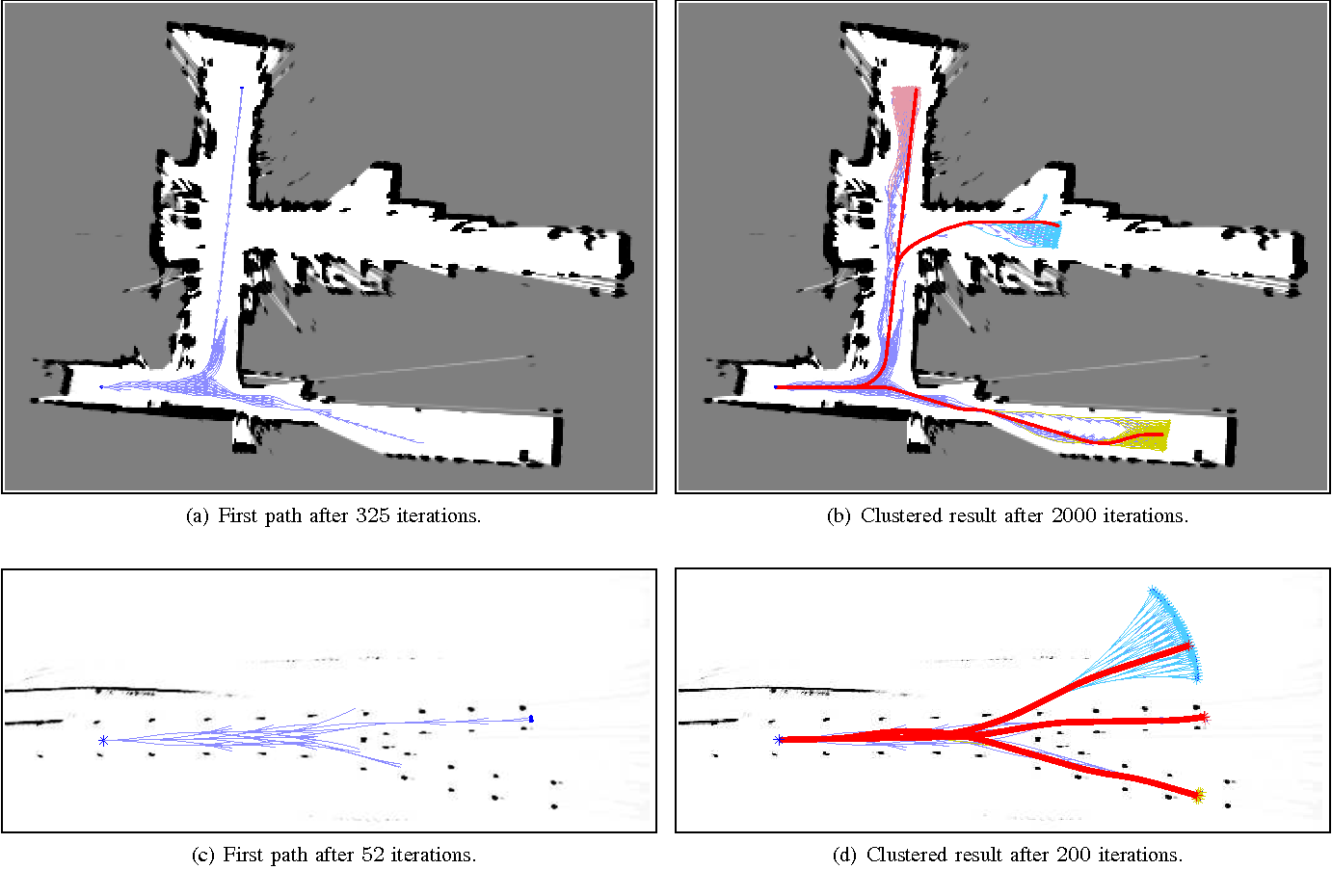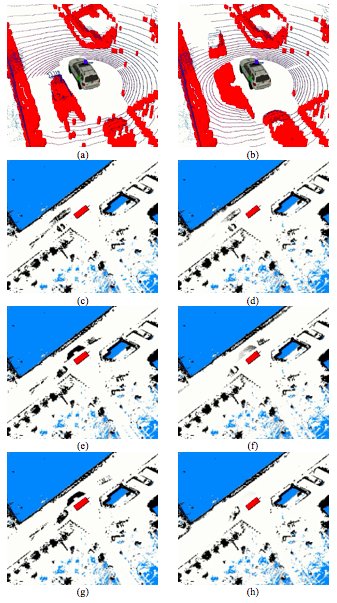

Topologic and geometric maps could be constructed for perceiving robot environment. On the contrary, service robotics interacts with a changing and initially unknown environment. The environment and workspace of the industrial robots are especially adapted for them and for performing special tasks thus, these robots are programmed for knowing the environment in accordance with their physical dimensions. Furthermore, these robots must be able to autolocalizing and to navigate without human supervision, detect and locate obstacles and constructing its own map of the environment, using only their sensors and eventually a communication system with a central computer. To do this, they use stereovision and laser range finders. Such robots require highly autonomy and real-time processing for recognizing unknown environments. In particular, the service robotic tackles the problem of domestic robots. This is called service robotic, and it is supposed that the robot acts total or partially with autonomy. Nowadays, the artificial intelligent field has developed service task in robotic systems with the aim of providing help or comfort to humans. The resulted occupancy grid is analysed and discussed at the end of this document. Experiments on detecting, mapping and avoiding obstacles are performed using the mobile robotic platform DaNI 2.0 and the VxWorks system.


A Gaussian function is used for modelling the ultrasonic sensor with the aim of reaching higher precision of the distance measured for each obstacle in the scene. As soon as the robot starts its trajectory in real indoor environments with obstacles, the sensor continuously detects and updates the occupancy map by the logsig strategy. A first path for robot navigation based on the initial local map is estimated using the potential field strategy. The encoders allow computing the robot location in the initial local map. This map provides the position of the nearest obstacles in the scene useful for achieving the reactive navigation. A local map is initially constructed using the ultrasonic sensor mounted in the front of the robot. This chapter presents a strategy for constructing an occupancy map by proposing a probabilistic model of an ultrasonic sensor, during robot indoor navigation. Robot mobile navigation is a hard task that requires, essentially, avoiding static and dynamic objects.


 0 kommentar(er)
0 kommentar(er)
